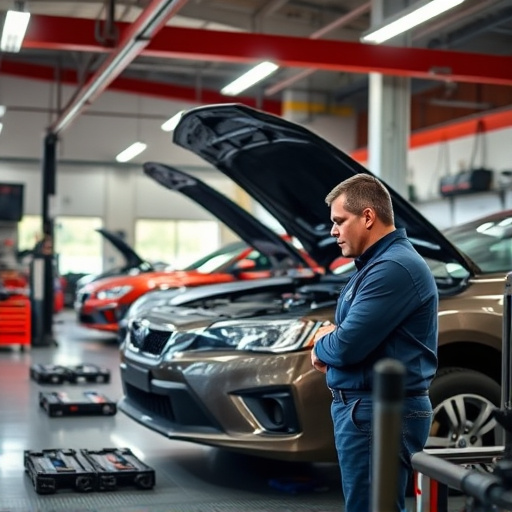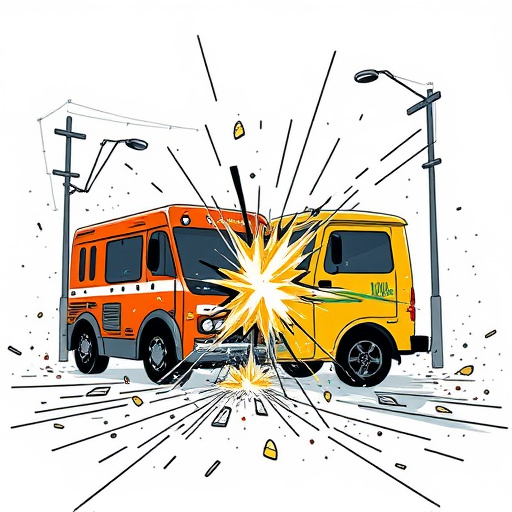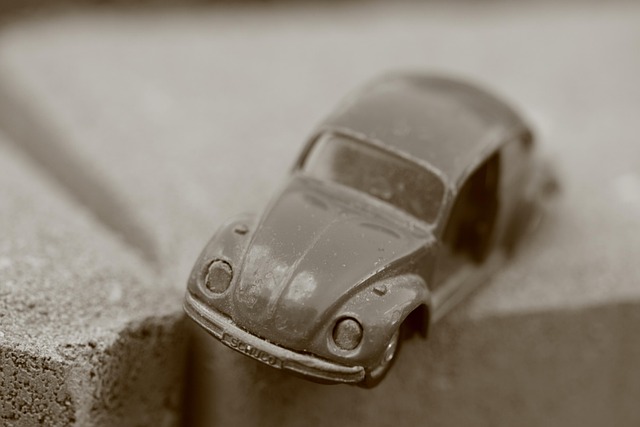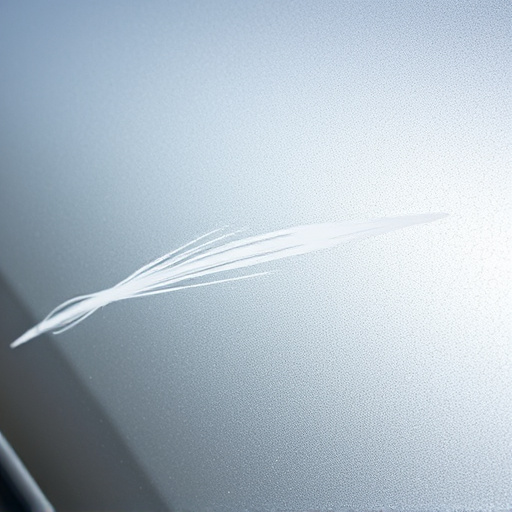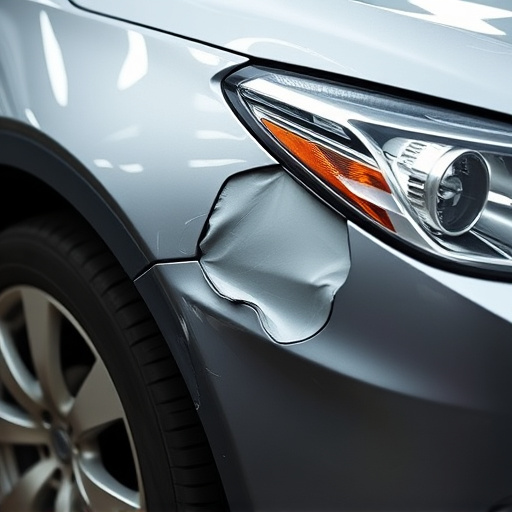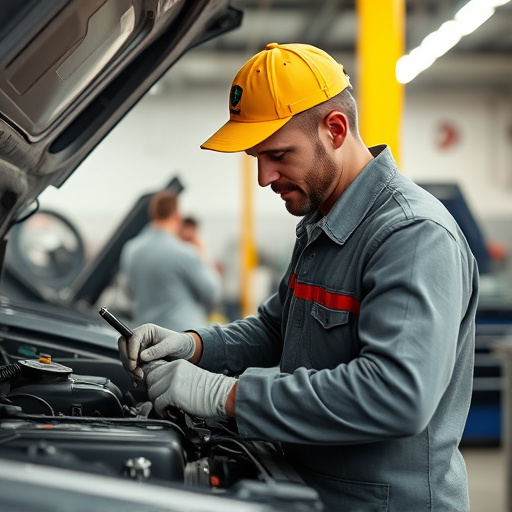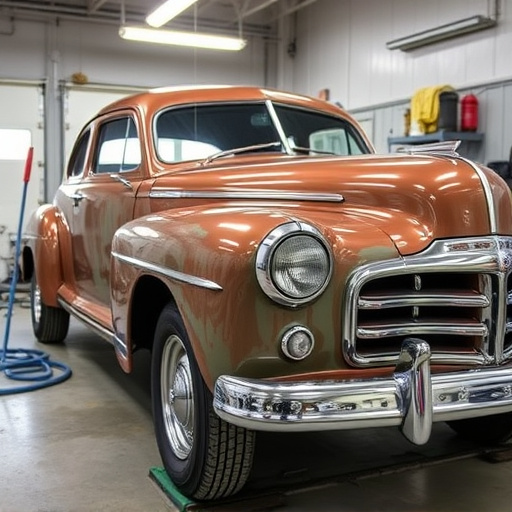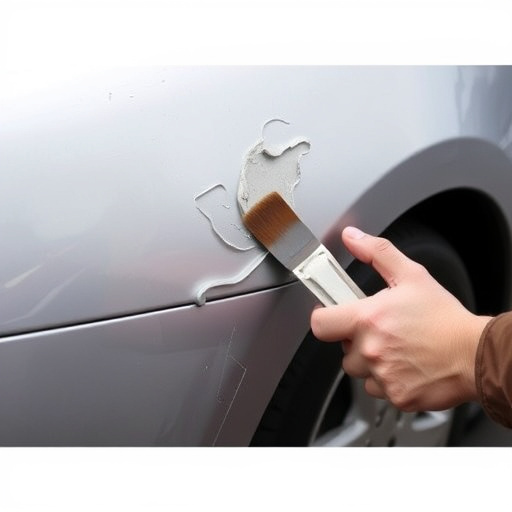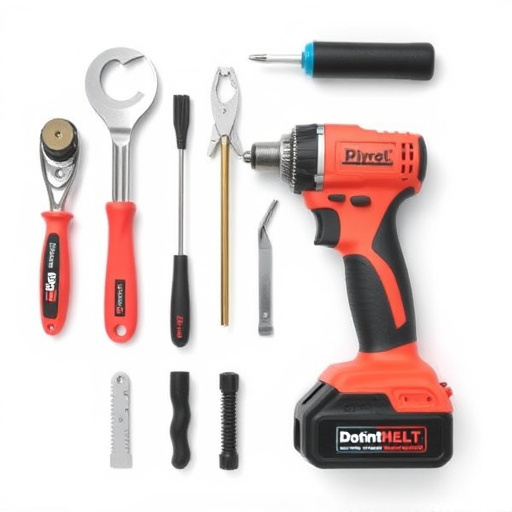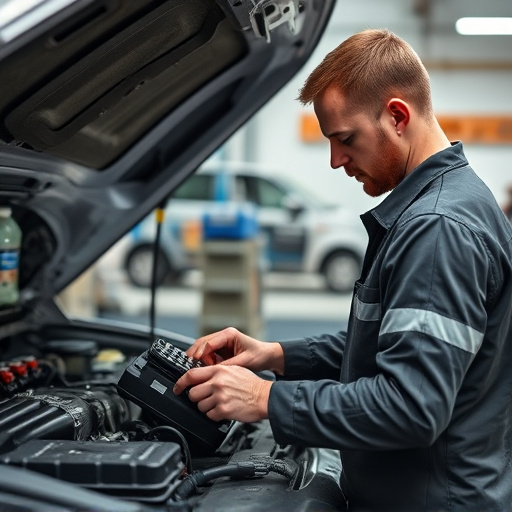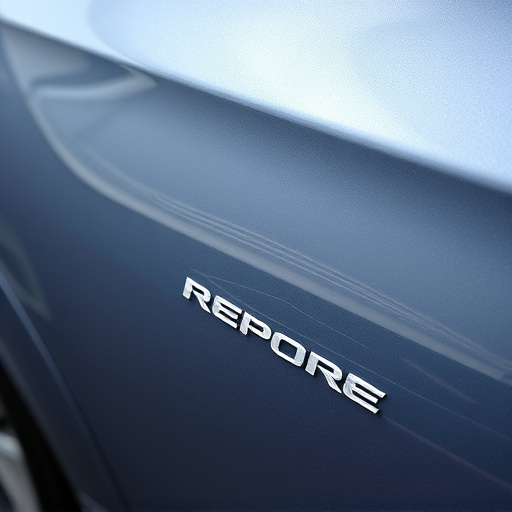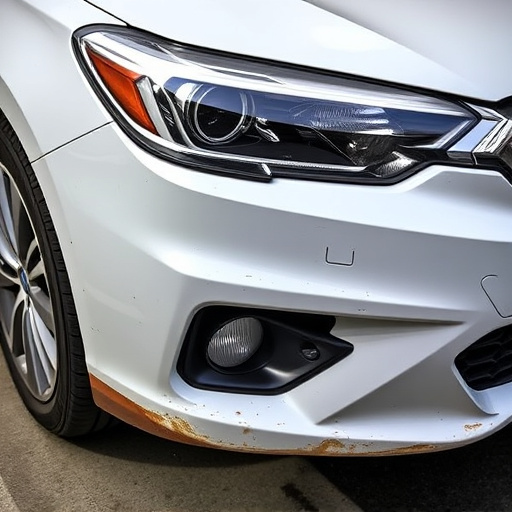Weather conditions heavily impact the effectiveness of specialty trim repairs, with extreme temperatures causing material warping and humidity affecting bonding agents. To ensure longevity, using weather-resistant materials and completing repairs promptly, considering seasonal changes, is crucial. Colder seasons lead to expansions and contractions, while warmer seasons expose plastics to UV damage. Preventive measures like protective coatings, regular inspections, storage in protected areas, and trim conditioning extend the lifespan of these repairs, offering better value for customers in auto dent repair.
The unpredictable nature of weather significantly influences the longevity of specialty trim repairs, demanding careful consideration for conservation. This article delves into the intricate relationship between meteorological conditions and the durability of these nuanced aesthetic enhancements. We explore how varying seasons accelerate wear and tear, and offer strategic insights to safeguard against environmental factors, ensuring specialty trim repairs maintain their splendor for years to come.
Understanding the direct impact of weather and implementing effective mitigation tactics is key to preserving these meticulous creations.
- The Direct Impact of Weather Conditions on Specialty Trim Repairs
- Seasonal Variations and Their Effect on Longevity
- Strategies to Mitigate Weather-Related Degradation and Prolong Lifespan
The Direct Impact of Weather Conditions on Specialty Trim Repairs
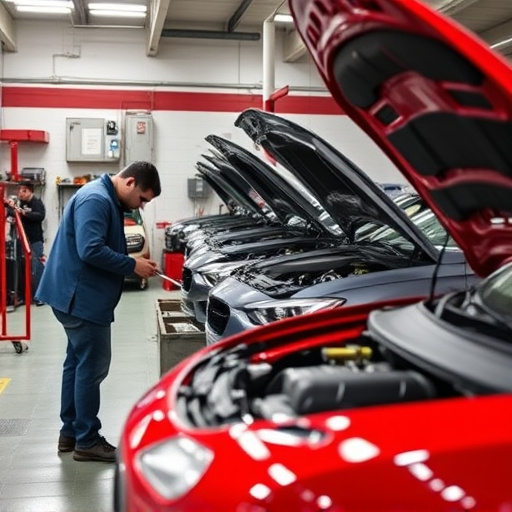
The weather plays a significant role in determining the longevity of specialty trim repairs, which involves intricate and precise auto body work on vehicles. Extreme temperature fluctuations, for instance, can cause materials used in these repairs to expand or contract unpredictably. This may lead to issues like warping, cracking, or peeling over time, particularly in regions with dramatic seasonal changes.
Humidity and rainfall also impact the durability of these repairs. Moisture penetration can compromise the adhesion of bonding agents and coatings, compromising the overall structural integrity of specialty trim repairs, including car dent repair and vehicle bodywork enhancements. As a result, proper preparation, using weather-resistant materials, and timely completion of such repairs are crucial to ensure their longevity in various environmental conditions.
Seasonal Variations and Their Effect on Longevity

The impact of weather on specialty trim repairs varies significantly across seasons, playing a pivotal role in determining their longevity. During colder months, extreme temperatures and varying humidity levels can cause materials to expand, contract, or become brittle, potentially leading to more frequent repairs or visible wear over time. Conversely, warmer seasons bring increased UV exposure, which can degrade plastics and finishes used in trim repairs, making them susceptible to fading, cracking, or peeling.
These seasonal variations underscore the importance of choosing weather-resistant materials and applying proper protective coatings for lasting specialty trim repair. While auto dent repair and car dent repair professionals often address cosmetic issues, ensuring the durability of these repairs against environmental factors is key to preventing frequent replacement, thereby offering better value to customers over time, whether it’s for their vehicle or other vehicle repair needs.
Strategies to Mitigate Weather-Related Degradation and Prolong Lifespan
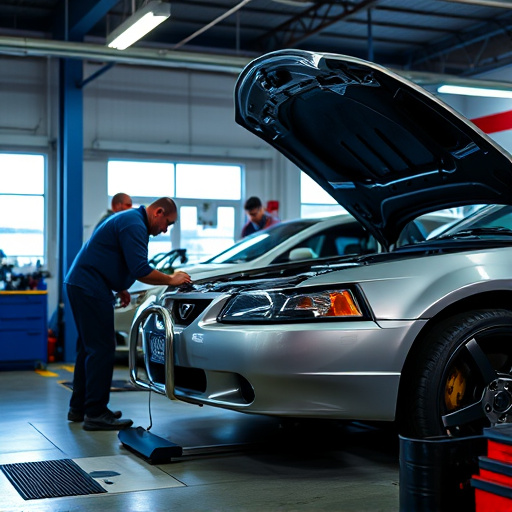
To mitigate weather-related degradation and extend the lifespan of specialty trim repairs, vehicle owners and auto body shops can employ several strategic tactics. One key approach is to perform regular inspections and maintenance checks, identifying any signs of weathering such as cracks, fading, or loose parts before they become more severe. Applying protective coatings, like high-quality sealants and paints designed for outdoor use, can significantly shield the repairs from the elements, preserving their aesthetics and structural integrity.
Additionally, proper storage during harsh weather conditions is vital. When not in use, specialty trim pieces should be stored in a protected area, ideally indoors or under cover, to prevent direct exposure to rain, sun, and other environmental factors. Regular cleaning and conditioning of the repaired trim can also help maintain its quality, ensuring that any residual moisture or dirt doesn’t seep into joints or crevices and cause future damage. These measures collectively contribute to prolonging the life of specialty trim repairs, enhancing their longevity despite weather conditions in both auto bodywork and vehicle body shop settings.
The impact of weather on specialty trim repairs cannot be overlooked. Extreme temperatures, humidity, and varying weather patterns can significantly affect the longevity of these delicate enhancements. By understanding seasonal variations and implementing effective mitigation strategies, professionals can ensure that specialty trim repairs maintain their aesthetic appeal and structural integrity for longer periods. Prioritizing weather-related care is essential to preserving the quality and value of such intricate work.
